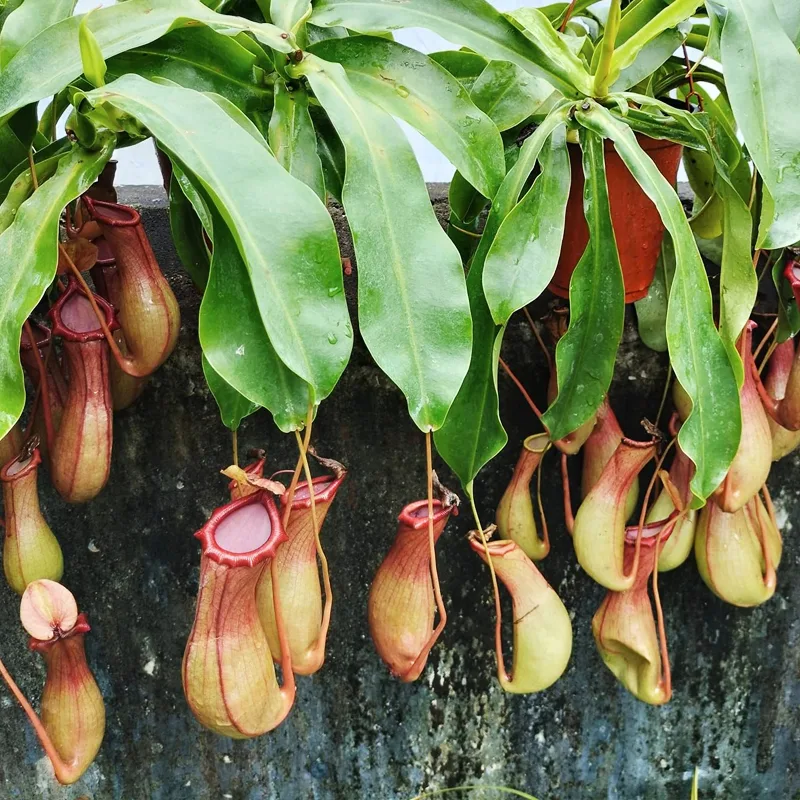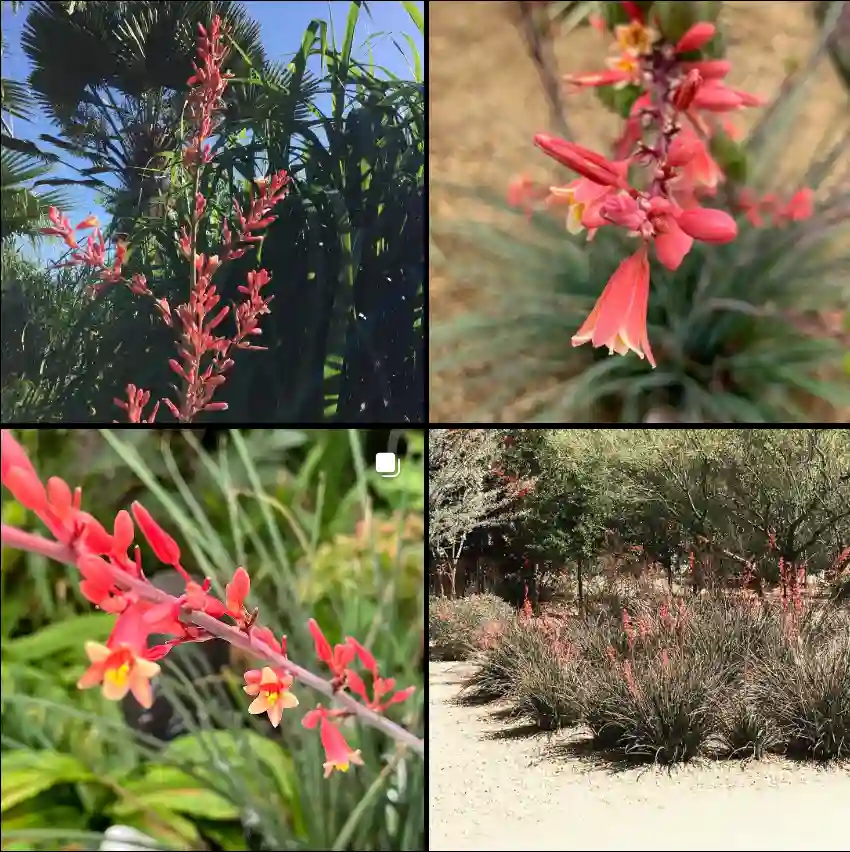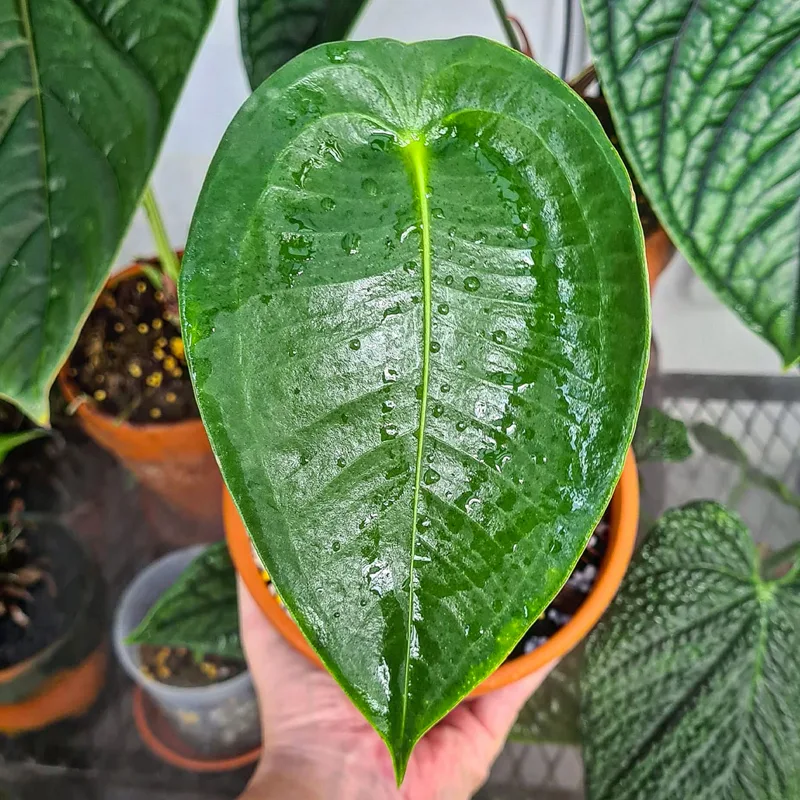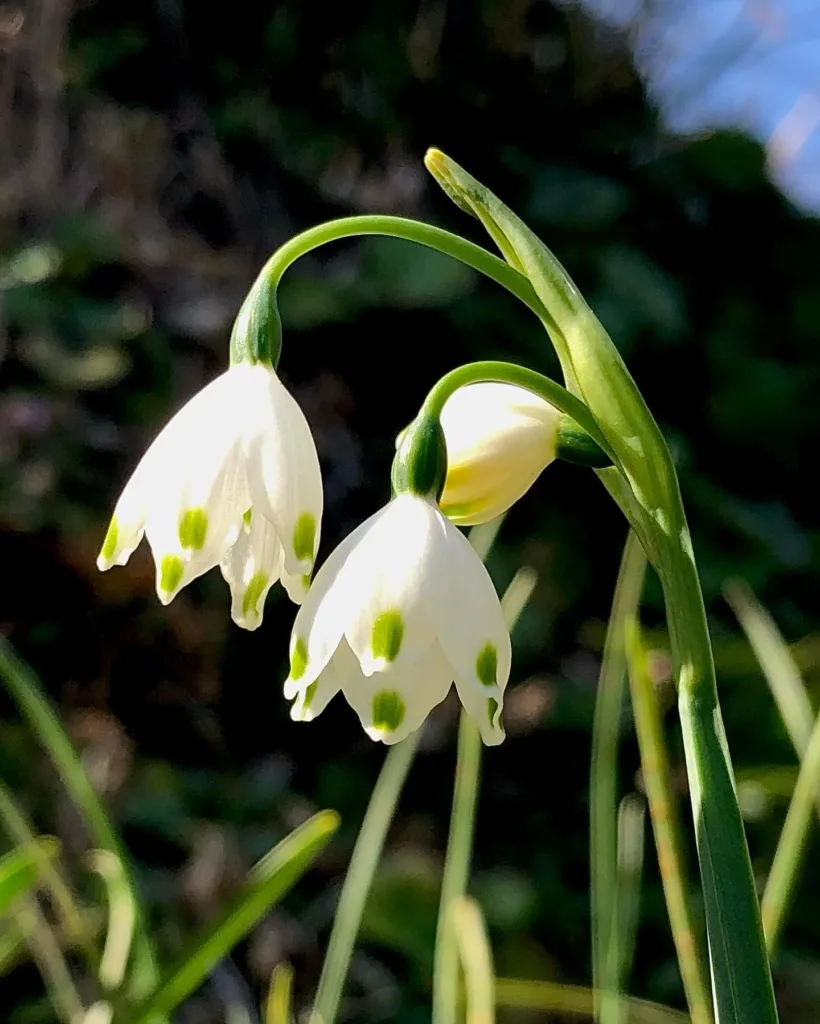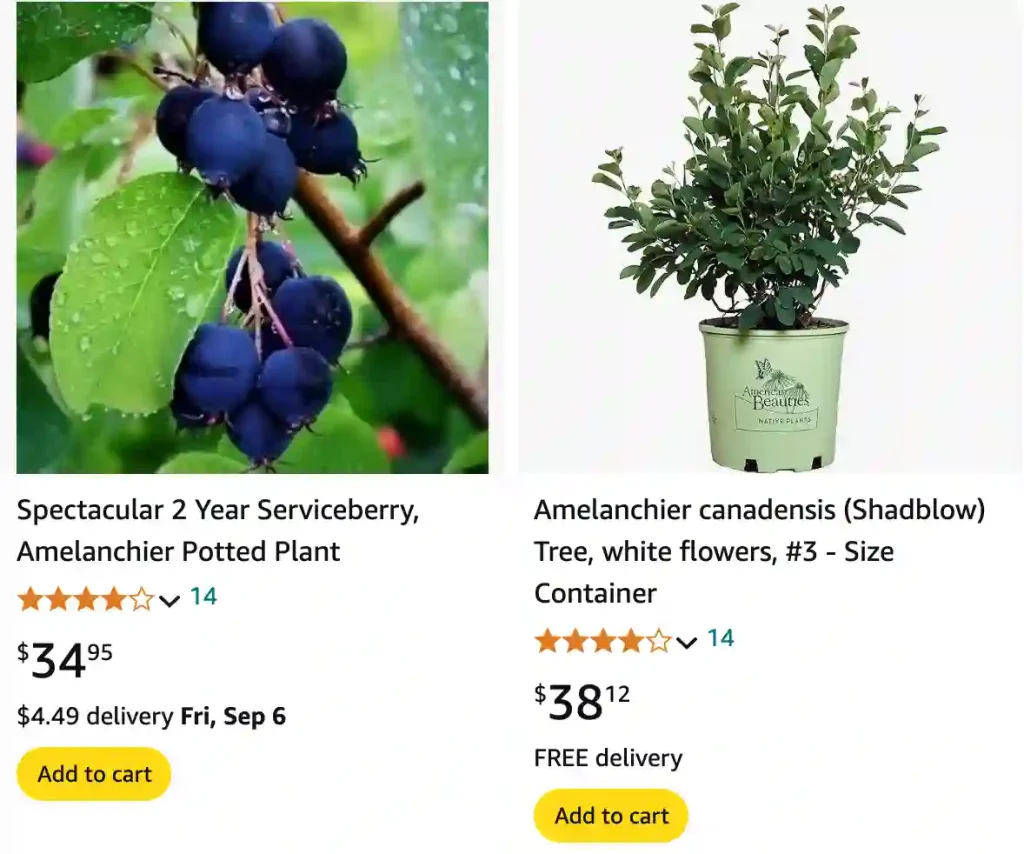
June 3 – Amelanchier
"Amelanchier, the serviceberry, represents June 3."
Amelanchier symbolizes unity and growth. Your connections with others are strong and nurturing. Like this tree, you bloom with purpose and bear fruit that sustains those around you.
FAQs About Serviceberry
When it comes to versatile and beautiful plants for your garden, Serviceberry is a name that often comes up. I’ve had my fair share of experiences with this intriguing plant, and I’m excited to share what I’ve learned. Here’s a deep dive into some frequently asked questions about Serviceberry.
What Are Serviceberries?
Serviceberries, also known as Amelanchier, are deciduous shrubs or small trees known for their attractive white spring blossoms and edible fruit. They belong to the Rosaceae family and are native to North America. Serviceberries come in various species, including the Common Serviceberry (Amelanchier arborea) and the Saskatoon Berry (Amelanchier alnifolia).
What Is a Serviceberry Tree?
A Serviceberry tree is essentially a small, multi-stemmed tree or large shrub that can grow up to 25 feet tall. It is celebrated for its four-season appeal: spring flowers, summer berries, vibrant autumn foliage, and interesting winter bark. These trees are popular for their ornamental value and their ability to attract wildlife.
Amelanchier species
- Amelanchier alnifolia (Nutt.) Nutt. ex M.Roem. Plant FAQs: Amelanchier Alnifolia
- Amelanchier amabilis Wiegand
- Amelanchier arborea (F.Michx.) Fernald Plant FAQs: Amelanchier Arborea
- Amelanchier asiatica (Siebold & Zucc.) Endl. ex Walp.
- Amelanchier bartramiana (Tausch) M.Roem.
- Amelanchier canadensis (L.) Medik. Plant FAQs: Amelanchier Canadensis – Juneberry
- Amelanchier cretica (Willd.) DC.
- Amelanchier cusickii Fernald
- Amelanchier fernaldii Wiegand
- Amelanchier gaspensis (Wiegand) Fernald & Weatherby
- Amelanchier humilis Wiegand
- Amelanchier interior E.L.Nielsen
- Amelanchier intermedia Spach
- Amelanchier laevis Wiegand Plant FAQs: Amelanchier Laevis – Allegheny Serviceberry
- Amelanchier × lamarckii F.G.Schroed.
- Amelanchier nantucketensis E.P.Bicknell
- Amelanchier × neglecta Eggl. ex K.R.Cushman, M.B.Burgess, E.T.Doucette & C.S.Campb.
- Amelanchier obovalis (Michx.) Ashe
- Amelanchier ovalis Medik.
- Amelanchier pallida Greene
- Amelanchier parviflora Boiss.
- Amelanchier × quinti-martii Louis-Marie
- Amelanchier sanguinea (Pursh) DC.
- Amelanchier sinica (C.K.Schneid.) Chun
- Amelanchier stolonifera Wiegand
- Amelanchier turkestanica Litv.
- Amelanchier utahensis Koehne
Are Serviceberries Edible?
Yes, Serviceberries are edible! The fruit is small, round, and typically purple to black when ripe. It has a sweet flavor that resembles a cross between a blueberry and a cherry. Serviceberries can be eaten fresh, used in jams, jellies, pies, and even wine. They are not only delicious but also packed with nutrients like vitamins and antioxidants.
What Do Serviceberries Taste Like?
Serviceberries have a sweet taste with a hint of almond. They offer a flavor profile that combines the sweetness of blueberries with the tartness of cherries. Their taste makes them a delightful addition to various recipes, from breakfast pastries to fruit sauces.
How Fast Do Serviceberry Trees Grow?
Serviceberry trees are relatively fast-growing compared to other trees. On average, they grow about 12 to 24 inches per year. This growth rate allows them to quickly establish themselves in your garden and start producing beautiful blooms and fruit.
Are Serviceberry Trees Messy?
Serviceberry trees are generally not considered messy. They do produce fruit that can drop to the ground, which might require some clean-up, especially if you have a large number of trees. However, compared to other fruit-bearing trees, the mess is relatively minimal.
Can Dogs Eat Serviceberries?
While Serviceberries are not toxic to dogs, it’s best to avoid letting your pet eat them in large quantities. The berries are not harmful in small amounts, but consuming too many might cause an upset stomach.
Are Serviceberries Toxic to Dogs?
No, Serviceberries are not toxic to dogs. They are safe if ingested in small quantities. However, if your dog consumes a large amount, you should monitor for any signs of digestive upset and consult your vet if needed.
Do Deer Eat Serviceberry?
Yes, deer are known to eat Serviceberries. The plants are a natural part of their diet, especially in areas where food is scarce. If you have a deer problem, you might need to consider deer-resistant strategies to protect your Serviceberry plants.
How to Propagate Serviceberry?
Propagating Serviceberry can be done through seeds, cuttings, or layering. Seed propagation involves collecting and stratifying seeds before planting. For cuttings, take semi-hardwood cuttings in late summer and root them in a mix of sand and peat. Layering involves bending a low branch to the ground, covering it with soil, and allowing it to root before separating it from the parent plant.
Serviceberry Bush vs Tree
The primary difference between a Serviceberry bush and a tree is size and form. Serviceberry bushes are typically smaller and more shrub-like, while Serviceberry trees can grow taller with a single trunk. Both forms produce the same lovely flowers and edible berries.
Serviceberry vs Bradford Pear
Serviceberry and Bradford Pear are both attractive choices for ornamental trees, but they differ significantly. Bradford Pear trees are known for their white blossoms but can have a foul smell and are prone to structural issues. Serviceberries, on the other hand, offer edible fruit and have a more pleasant scent. Additionally, Serviceberries are generally more wildlife-friendly.
Serviceberry vs Dogwood
Serviceberries and Dogwoods are both beautiful choices for gardens. Serviceberries are known for their sweet fruit and multi-season interest, while Dogwoods are renowned for their stunning spring blooms and vibrant fall color. Both can be used effectively in landscaping, but Serviceberries offer the added benefit of edible fruit.
Serviceberry vs Huckleberry
Serviceberries and Huckleberries are often confused due to their similar names and berry-like fruit. However, Serviceberries are more closely related to apples and pears, while Huckleberries are part of the Ericaceae family. Serviceberries are larger and sweeter, while Huckleberries are smaller and can be quite tart.
Serviceberry vs Juneberry
Serviceberries and Juneberries are actually the same plant, with “Juneberry” being another common name for the Serviceberry due to the timing of its fruit ripening in early June. The terms are often used interchangeably.
Serviceberry vs Blueberry
Serviceberries and Blueberries are different species. While both produce edible fruit, Blueberries belong to the Ericaceae family and require acidic soil conditions. Serviceberries are more versatile in soil requirements and offer a different taste experience compared to Blueberries.
Serviceberry vs Chokecherry
Serviceberries and Chokecherries both produce berries, but their flavors and uses differ. Chokecherries are known for their tart and sometimes astringent taste, often used in jellies and syrups. Serviceberries are sweeter and can be eaten fresh or used in a variety of recipes.
Serviceberry vs Crabapple
Serviceberries and Crabapples are both excellent for ornamental purposes. Serviceberries offer edible fruit and multi-season appeal, while Crabapples are typically grown for their attractive flowers and small, often inedible, fruit. Serviceberries tend to be more versatile in their use.
Serviceberry vs Redbud
Serviceberries and Redbuds are different in appearance and function. Redbuds are known for their striking pink flowers in early spring, while Serviceberries offer white blooms and edible fruit. Both trees add beauty to a landscape but serve different roles in garden design.
Serviceberry vs Saskatoon Berry
Serviceberries and Saskatoon Berries are actually the same, with “Saskatoon Berry” being a regional name for the Serviceberry. Both terms refer to the same plant species, known for its edible fruit and ornamental value.
Serviceberry vs Chokeberry
Serviceberries and Chokeberries produce different types of fruit. Chokeberries are known for their tartness and are often used in jams and jellies, whereas Serviceberries are sweeter and can be enjoyed fresh or in a variety of culinary applications.
How to Care for Serviceberry?
Caring for Serviceberry involves regular watering, especially during dry spells. They thrive in well-drained soil and benefit from occasional pruning to maintain shape and remove any dead or diseased wood. Mulching around the base can help retain moisture and suppress weeds.
In summary, Serviceberries are versatile, attractive, and edible plants that offer many benefits for gardeners. Whether you’re considering adding one to your landscape for its beauty or its fruit, they’re a fantastic choice that provides year-round interest.
If i die, water my plants!
